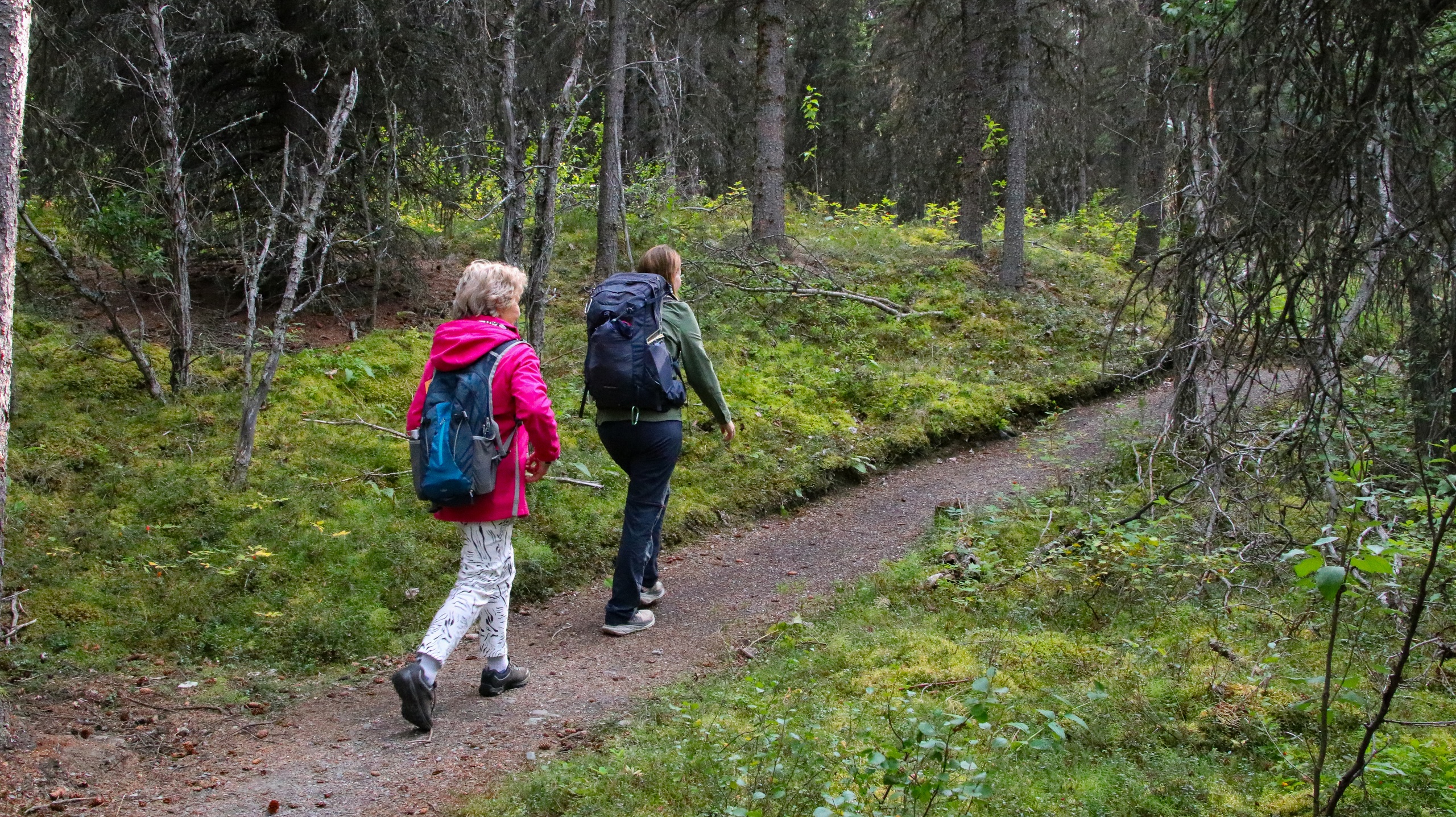Olympic National Park: One Wild Day From Mountains to Tidepools
Glaciers above, surf below—how to sample three ecosystems in a single, unforgettable day.
Dawn cracks blue over the Strait of Juan de Fuca as the ferry noses away from Seattle. The city recedes and the Olympics rise in a jagged row, the peaks wearing thin scarves of cloud. Out here the landscape doesn’t whisper; it leans in. The mountains beckon, the rainforest breathes, and the coast—never shy—thunders its greeting. One park, three worlds, and a full day to let each leave its mark.
Trail Wisdom
Beat Hurricane Ridge Crowds
Arrive at the Hurricane Ridge entrance early morning to secure parking and clear views before clouds build.
Check Tide Tables
For Rialto Beach and Hole-in-the-Wall, plan around low tide; otherwise, sections may be impassable and tidepools hidden.
Layer for Microclimates
Carry a breathable rain shell and warm layer—even in summer—since ridge winds and rainforest drizzle can swing conditions fast.
Mind the Drift Logs
Logs on coastal beaches are unstable and deadly in surf; keep a safe distance, especially during high tide or storms.
Local Knowledge
Hidden Gems
- •Spruce Railroad Trail and Devil’s Punchbowl at Lake Crescent
- •Staircase Rapids Loop on the park’s quieter southeast side
Wildlife
Roosevelt elk, Olympic marmot
Conservation Note
Fragile alpine meadows and intertidal zones are easily damaged—stay on trail, tread lightly in tidepools, and pack out all trash to keep ecosystems intact.
Designated a national park in 1938 after FDR’s 1937 visit, the area also protects longstanding homelands and lifeways of coastal Tribal Nations who maintain deep ties to these forests and waters.
Seasonal Guide
spring
Best for: Waterfalls at peak flow, Elk and new growth in rainforest
Challenges: Lingering snow at higher elevations, Unpredictable rain squalls
Green explodes in the lowlands while the high country thaws. Expect mixed conditions—rain gear pays off.
summer
Best for: High-elevation hikes and wildflowers, Coastal tidepooling on long days
Challenges: Crowded viewpoints and trailheads, Sun exposure on ridgelines
Dry trails and clear views dominate, with long daylight for a mountains–rainforest–coast sampler in one day.
fall
Best for: Quiet trails and crisp air, Salmon runs in rainforest rivers
Challenges: Early storms and slick roots, Shortening daylight
Shoulder season calm returns; pack warm layers and start earlier to fit in multiple stops.
winter
Best for: Snow play at Hurricane Ridge (when open), Storm-watching on the coast
Challenges: Road closures and chain requirements, Heavy surf and dangerous logs
A dramatic, quiet park with serious logistics. Check NPS alerts, carry traction, and respect coastal hazards.
Photographer's Notes
What to Bring
Waterproof Hiking BootsEssential
Roots, wet rock, and cobbles demand ankle support and traction year-round.
Lightweight Rain ShellEssential
Rainforest mist and quick showers are common; a breathable shell keeps you moving.
Trekking Poles
Helpful on slick rainforest trails and for balance on rocky beaches.
Microspikes or Traction
Icy patches linger on shaded ridge trails; compact traction adds safety.
Common Questions
Can I see the mountains, rainforest, and coast in one day?
Yes—start early, limit each stop to a signature short hike (Hurricane Ridge, Sol Duc or Hoh, and Rialto Beach), and plan your route with ferry timing and tides in mind.
Do I need a reservation or permit to enter the park?
No reservation is required for day visits, but a park entrance pass is needed; backcountry camping requires permits year-round.
Are dogs allowed on trails?
Dogs are not allowed on most park trails. They are permitted in certain areas and some beaches; check the NPS pet policy before you go.
Is cell service available?
Coverage is spotty to nonexistent in many areas. Download maps offline and carry a paper backup.
What’s the best time to avoid crowds?
Arrive at Hurricane Ridge early morning, visit rainforest trails midweek, and aim for late afternoon on the coast outside holiday weekends.
Are guided tours available from Seattle?
Yes, several outfitters offer day trips with transport and guided hikes, which streamline ferry logistics and parking.
What to Pack
Waterproof boots for slick roots and cobbles; breathable rain shell for sudden showers; printed tide table or offline app for safe coastal travel; high-calorie snacks to keep energy steady on a full-day sampler.
Did You Know
Olympic National Park protects 73 miles of undeveloped coastline—the longest stretch of wilderness coast in the contiguous United States.
Quick Travel Tips
Catch the first ferry from Seattle to maximize daylight; check NPS alerts for Hurricane Ridge road status; bring cash/card for park entrance at less-staffed stations; expect limited food options in the park—pack lunch and extra water.
Local Flavor
Grab a post-hike burger at Next Door Gastropub or pizza and a pint at Barhop Brewing in Port Angeles. For a quieter, classic vibe, Lake Crescent Lodge serves lodge fare with sunset views over impossibly blue water. Local roasters keep early starts caffeinated—swing by Fogtown Coffee Bar before heading uphill.
Logistics Snapshot
Closest airport: Seattle–Tacoma International (SEA). Primary gateways: Port Angeles (for Hurricane Ridge/Lake Crescent), Forks/La Push (for beaches), Hoh Rain Forest Visitor Center. Drive time from Seattle: 2.5–4 hours depending on ferry and stops. Cell service: limited to nonexistent in the park. Passes: National Park entrance fee or America the Beautiful pass required; check seasonal road conditions and possible chain requirements in winter.
Sustainability Note
Olympic is a UNESCO World Heritage Site—stay on durable surfaces, keep at least 50 yards from wildlife, and leave tidepools exactly as you found them to protect this living shoreline.
Continue Reading

Canyon Wave: Rafting Denali’s Glacial Heart on the Nenana River
The Nenana River doesn’t whisper—it urges you forward. On the Canyon Wave run, you’ll punch through crisp, glacial rapids beneath Denali’s ramparts, trading roadside views for a front-row seat to Alaska’s wild hydraulics. Cold water, big smiles, and a canyon that knows how to keep pace.
Healy, Alaska

Chasing Light in Denali: An Afternoon Hike Across Taiga and Tundra
Trade the tour bus for tundra. This guided afternoon hike threads from shadowed spruce to open ridgeline, where Denali’s valleys breathe wide and the wind calls the cadence. Come for the views, stay for the stories beneath your boots.
Denali Park, Alaska

